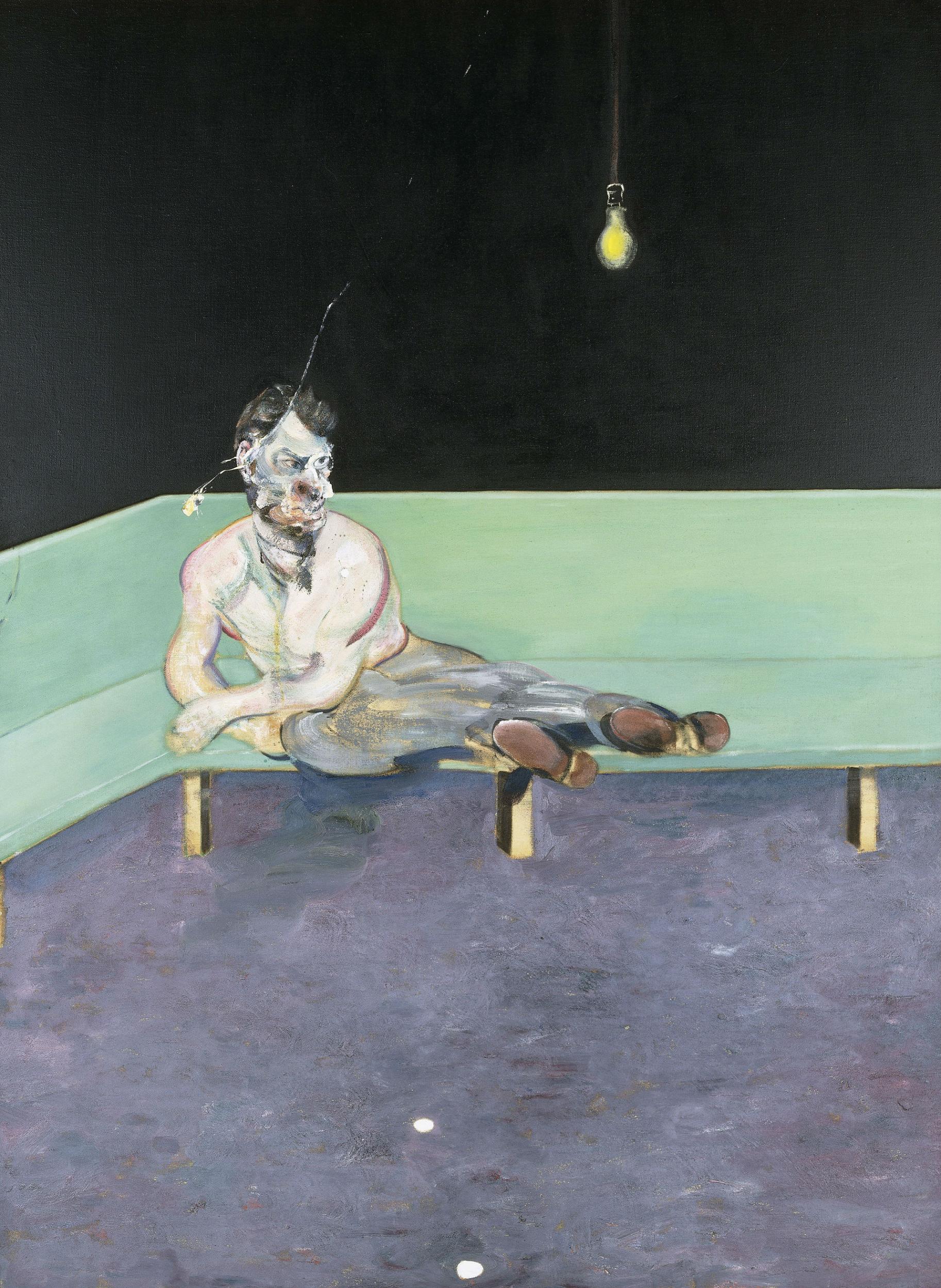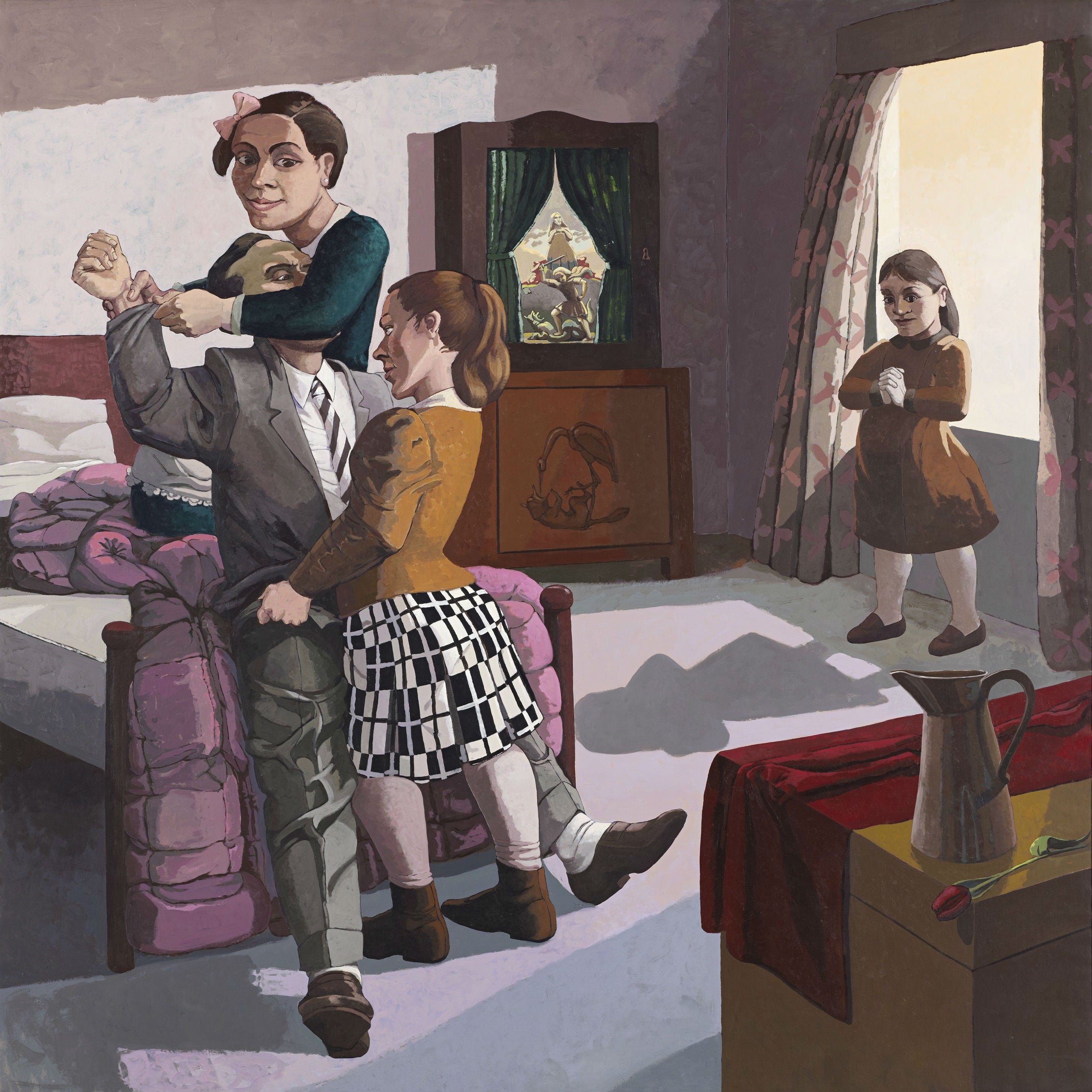All Too Human – Bacon, Freud and a Century of Painting Life, Tate Britain, London, review: It all seems a bit too dutiful and sombre
This exhibition showcases around 100 works by some of the most celebrated modern artists in Britain, including some rarely seen paintings by Lucian Freud and Francis Bacon, all who captured the intensity of life in paint

Your support helps us to tell the story
From reproductive rights to climate change to Big Tech, The Independent is on the ground when the story is developing. Whether it's investigating the financials of Elon Musk's pro-Trump PAC or producing our latest documentary, 'The A Word', which shines a light on the American women fighting for reproductive rights, we know how important it is to parse out the facts from the messaging.
At such a critical moment in US history, we need reporters on the ground. Your donation allows us to keep sending journalists to speak to both sides of the story.
The Independent is trusted by Americans across the entire political spectrum. And unlike many other quality news outlets, we choose not to lock Americans out of our reporting and analysis with paywalls. We believe quality journalism should be available to everyone, paid for by those who can afford it.
Your support makes all the difference.This is an exhibition that will please the Tate Britain constituency in this Brexit world. It is proof that in the end all the doomsayers claiming the death of painting got it wrong and in particular British painting has emerged and remained a force to be reckoned with. The prices of the works by artists like Lucian Freud, Francis Bacon, Frank Auerbach and Leon Kossoff is testimony to this, and in a world where increasingly it feels as if it is all about the money, everyone can feel a winner.
The title (I might have called it Warts and All) alludes to the fleshy enjoyment of the likes of Freud, Auerbach and Kossoff whose sheer pleasure of the medium is palpable to see. Freud said, “I want the paint to work as flesh does.” Observation surrounds the viewer, the gaze of the painter and the painted is paramount. There is a wonderful room filled with the glinting light of swimming pools and churches of Kossoff played against the landscape and murkier portraiture of Frank Auerbach.
While there are the historical likes of British artists Stanley Spencer, with a very small nod to Chaim Soutine and Indian transplant FN Souza, the focus of the show is the core London School. There is a mini-retrospective of Lucian Freud. For those who do not know the work of Bacon there is a room of greatest hits with a noteworthy early portrait that Bacon did of his friend and artistic rival, Freud.

Paula Rego overwhelms with a joyous and powerful room alive with her mixture of imaginary and real characters grounded with a painting completed while her husband, painter Victor Willing, was dying of multiple sclerosis. Rego is the voice of female authority – here writ clear and large fearlessly telling the stories that need to be told.

The exhibition ends with a room full of powerful paintings by younger female painters all at the top of their game. Jenny Saville’s self-portrait feels painful to look at while Celia Paul chooses to paint herself as model and painter (she is on the cover of the catalogue in a more flattering painting, painted by her then lover Lucian Freud). Lynette Viadom-Boakye is represented by two of her distinctive lyric fictive portraits, Cecily Brown with the powerful Boy with Cat. There is much to applaud here but why do I leave feeling it is all seems a bit too dutiful and sombre? Where are the quirky distinctive voices of painters like Rose Wylie and Chantal Joffe, the wonderful portraitists like Catherine Goodman and if you make the strange choice to include one Giacometti, why not open the doors fully to other figurative sculptors?
Until 27 August 2018 (www.tate.org.uk)
Join our commenting forum
Join thought-provoking conversations, follow other Independent readers and see their replies
Comments